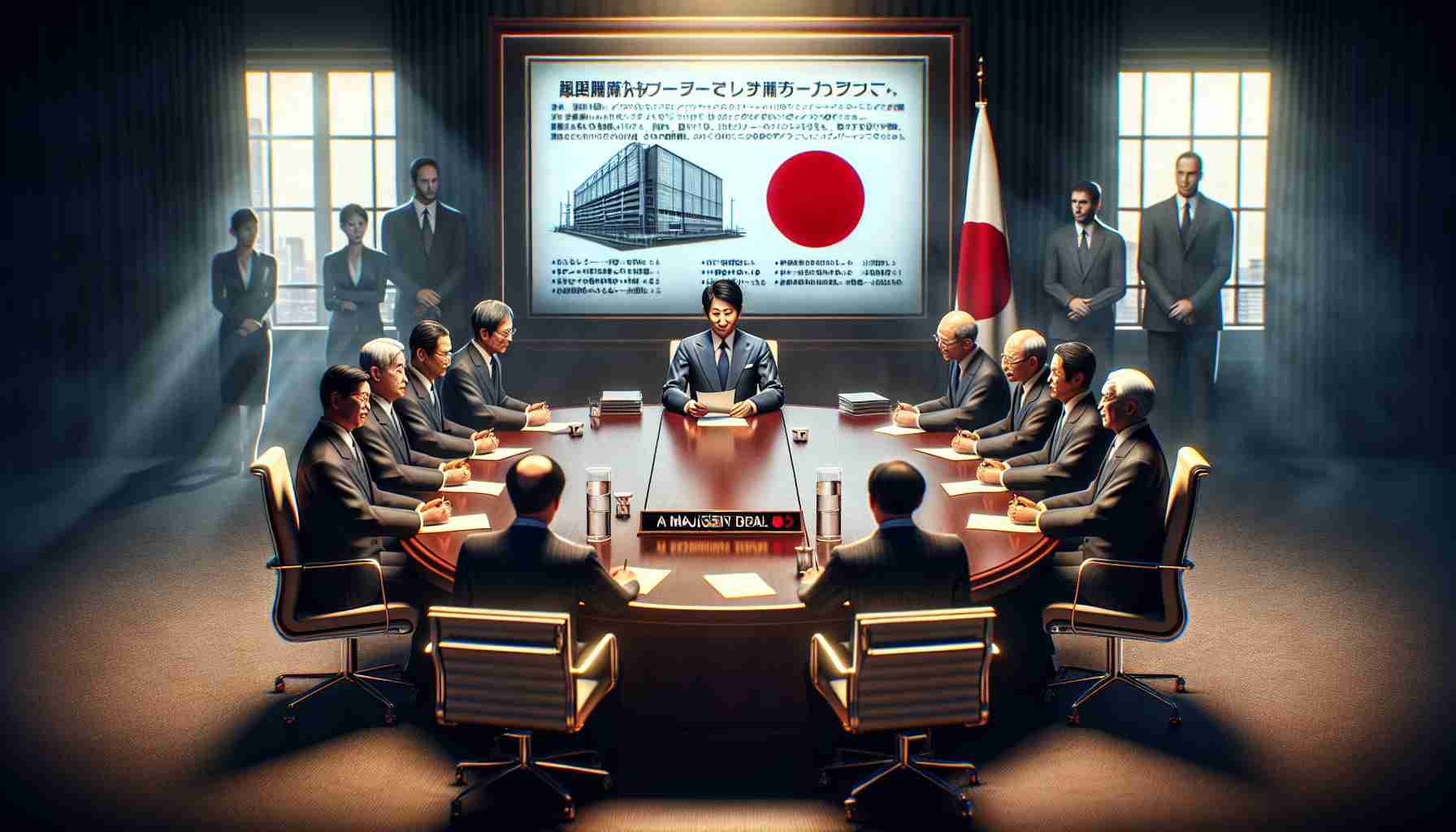- Japan’s Nippon Steel has withdrawn its $14.1 billion bid for U.S. Steel, opting instead for a collaborative investment.
- The partnership aims to strengthen U.S. Steel’s future without majority ownership, showcasing a more supportive approach to American industry.
- Details about the investment will be finalized in upcoming discussions mediated by President Trump.
- Trump has previously opposed foreign acquisitions of American firms, particularly in strategic sectors like steel.
- This shift signifies a potential revitalization for U.S. Steel, emphasizing domestic manufacturing and protecting American jobs.
- The collaboration reflects a broader trend of fostering partnerships that align with national interests in a global economy.
In a thrilling turn of events, President Trump revealed that Japan’s Nippon Steel has abandoned its ambitious $14.1 billion bid to purchase U.S. Steel. Instead, they’re set to embark on an exciting investment venture that will reinforce U.S. Steel’s future without claiming majority ownership. During a White House press conference alongside Japanese Prime Minister Shigeru Ishiba, Trump emphasized the importance of U.S. Steel for America, harkening back to its glory days as the world’s leading steelmaker.
Details about the investment remain under wraps, but Trump indicated that both parties will gather next week to hammer out specifics, with him mediating the discussions. The president previously voiced his strong opposition to foreign acquisitions of American companies, especially for an industry as pivotal as steel. However, hints dropped during his meeting with Ishiba suggested a shift in his stance, which may lead to a partnership that bolsters American industry interests.
Just last month, Nippon had proposed a significant agreement ensuring U.S. government control over any changes to U.S. Steel’s production capabilities, aiming to alleviate concerns about potential job losses and a decline in domestic steel output.
As Nippon Steel pivots toward collaboration rather than acquisition, this marks a new era for U.S. Steel, promising potential investments that may rejuvenate the industry while keeping its American roots firm.
Key takeaway: This strategic shift could herald stronger domestic manufacturing ties while safeguarding national interests in a fiercely competitive global market.
Unveiling the Future of U.S. Steel: Japan’s Bold New Strategy
The Shift in Japanese Investment Strategy for U.S. Steel
In a stunning development regarding the future of U.S. Steel, Japan’s Nippon Steel has withdrawn its earlier bid of $14.1 billion to acquire the American company. Instead, Nippon Steel is redirecting its efforts toward a collaborative investment venture aimed at strengthening U.S. Steel without seeking majority ownership. This strategic pivot suggests a significant shift in foreign investment dynamics, particularly in an industry crucial to America’s manufacturing base.
Investment Details and Future Prospects
While specific details of the upcoming investment remain confidential, President Trump announced that discussions would take place soon, signaling a commitment to ensure that U.S. Steel remains a pivotal player on the global stage. This partnership might pave the way for enhanced operational capabilities while safeguarding American control over production.
Key Features of the New Partnership
– Investment Instead of Acquisition: The move signifies a change in approach where Nippon Steel focuses on shared investments rather than complete ownership.
– American Industry Reinforcement: This collaboration aims to reinvigorate U.S. manufacturing sectors, ensuring that local interests are preserved.
– Job Protection: With Nippon Steel ensuring U.S. government oversight, concerns over job security within the steel industry are being proactively addressed.
Pros and Cons of the New Investment Strategy
Pros:
– Strengthened Domestic Manufacturing: Investor partnerships may lead to technological enhancements and increased production capabilities.
– Job Security: By addressing concerns upfront, this can potentially stabilize employment in the steel industry.
– Global Competitiveness: Keeping production capabilities within the U.S. may position the nation better against global competitors.
Cons:
– Dependency on Foreign Investment: Continued reliance on foreign companies for domestic advancements may create vulnerabilities.
– Uncertain Terms: With negotiations ongoing, the exact implications of the investment remain unclear, creating an environment of uncertainty.
– Regulatory Challenges: Future dealings may face scrutiny, limiting the agility of operations and adjustments.
Frequently Asked Questions
1. What are the implications of Nippon Steel’s decision on U.S. Steel’s operations?
Nippon Steel’s shift from acquisition to investment is expected to create a more stable foundation for U.S. Steel’s operations, ensuring that American control and interests are maintained while also potentially bringing in much-needed capital for growth.
2. How might this partnership affect employment in the steel industry?
The partnership aims to protect and potentially create jobs by ensuring U.S. oversight of production changes. This proactive approach could foster a more favorable environment for workers in the steel sector.
3. What are the expected outcomes of the upcoming talks between Japanese and American officials?
The discussions could lead to a formal agreement outlining the specifics of the investment, operational control, and job security measures, establishing a framework for a successful long-term partnership.
Conclusion
This new era for U.S. Steel, marked by Nippon Steel’s strategic pivot, may signal increased collaboration and innovation in America’s manufacturing landscape. As both parties prepare for critical discussions, the outcome could significantly reshape the future of the steel industry and broader economic relations between the U.S. and Japan.
For more insights on industrial partnerships and investment trends, visit U.S. Steel.
